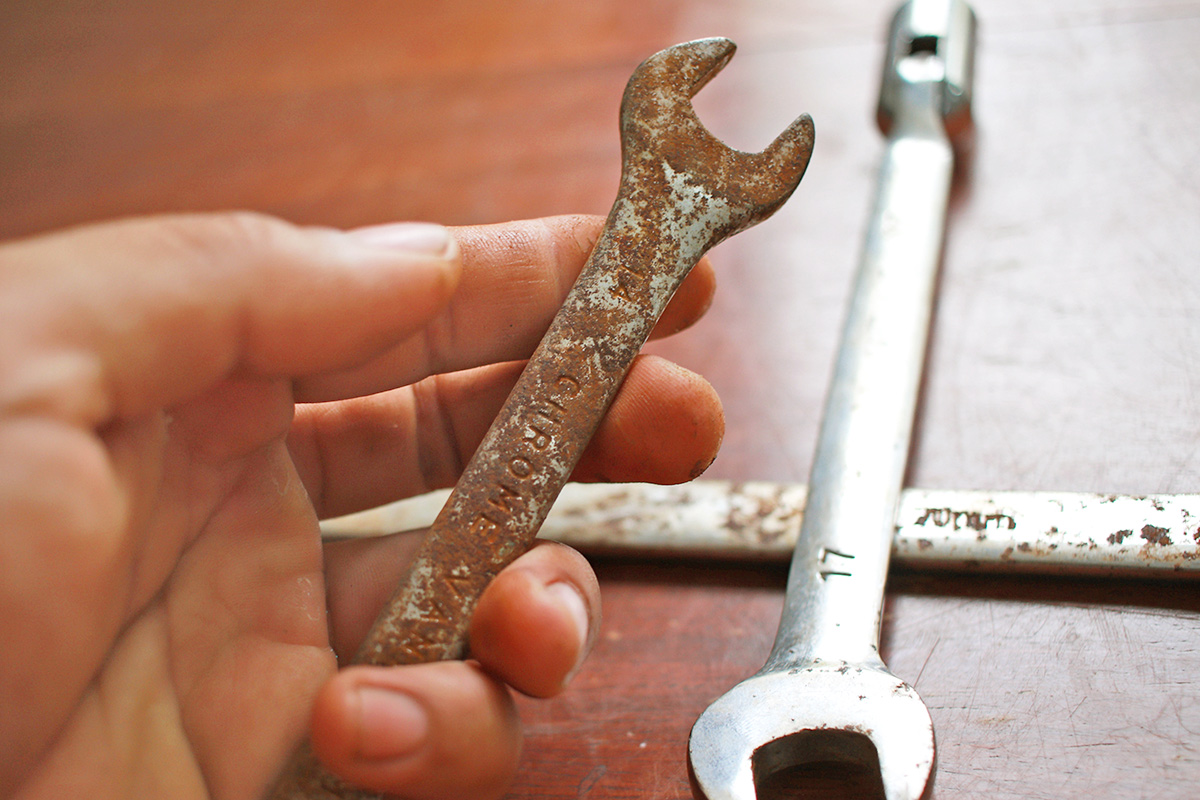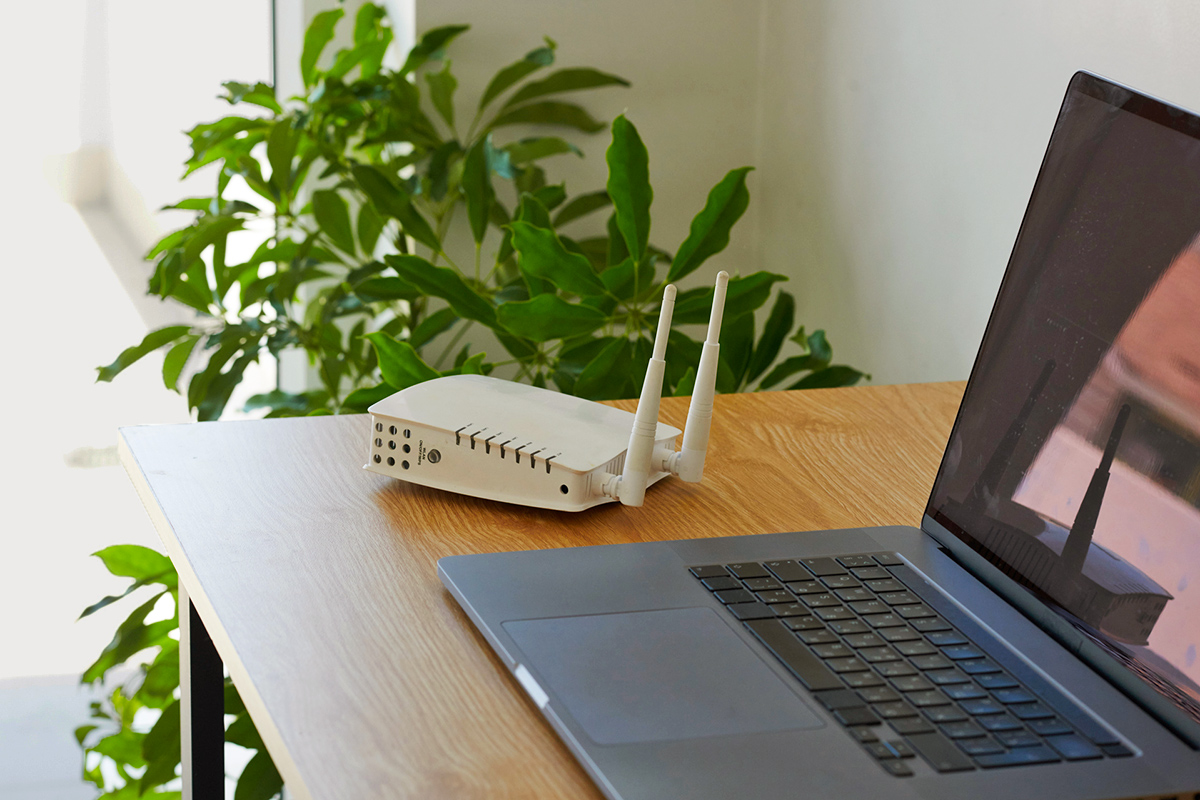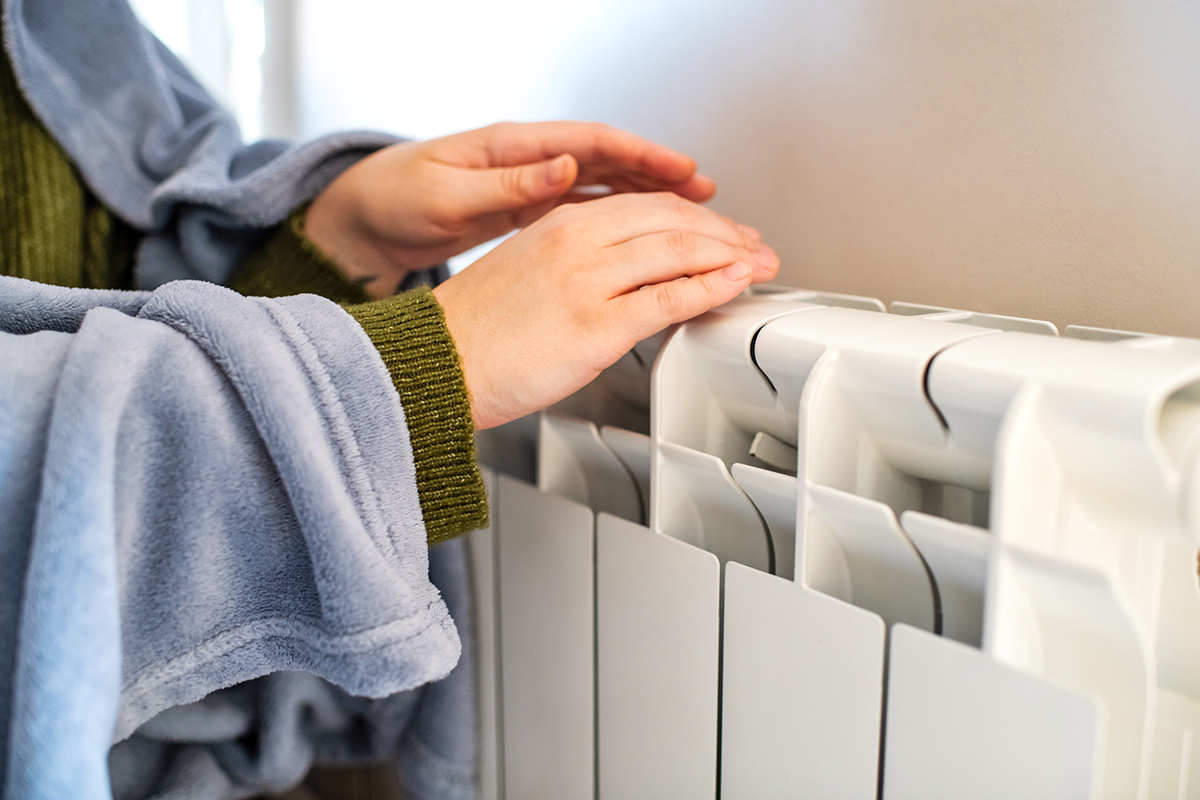Rust might seem like the end of the road for your trusty screwdriver or hammer. But it’s surprisingly easy to give those rusted tools a makeover that will leave them looking completely rejuvenated. Gone are the days of buying costly replacements — here’s how you can bring them back to life.
Salt and Vinegar: Delicious and Practical
Salt and vinegar isn’t just a delicious potato chip flavor — it’s also the solution to this common frustration. A fair warning: This trick only works for nonelectric tools, as it involves submerging them in liquid. Attempting this with a rusted power drill, for instance, will almost certainly destroy its electrical components.
Grab an oversized food storage container or any other leakproof vessel that’s large enough to fit the tool. (We recommend using a container made of glass, ceramic, or food-safe plastic, as some metals can be corroded by the acid and salt.) Fully submerge the rusted tool in distilled white vinegar, then pour a thick layer of table salt directly onto the rusted area. Let the tool soak in the solution for 24 hours.
Once 24 hours have passed, take the tool out of the vinegar. You should notice that much of the rust has already flaked off, but use a wire brush to remove any remaining bits from the tool’s nooks and crannies. Dry the tool completely with a clean rag to remove any vinegar and salt, then spray it with a bit of WD-40 — this helps seal the tool’s finish and prevent further corrosion. Finally, give the tool another pass with a clean rag to dry it off, and it should now look rust-free and good as new.
More from our network
House Outlook is part of Inbox Studio, which publishes content that uplifts, informs, and inspires.
What About Rusted Power Tools?
Since you can’t submerge a power tool in vinegar without damaging it, here are a few safer solutions for removing rust, according to Home Depot. Both steel wool and coarse sandpaper are great for removing rust from affected areas. Once you’ve gotten rid of the larger areas of rust, use finer sandpaper to smooth the surface and eliminate any remaining specks.
Alternatively, baking soda can be quite handy. Mix one part baking soda with one part water in a bowl to form a paste, then apply it directly to the rusted area. After several hours, use a scrubber to brush away the paste and any rusty remnants, rinse with clean water, then dry the tool with a clean cloth.



















